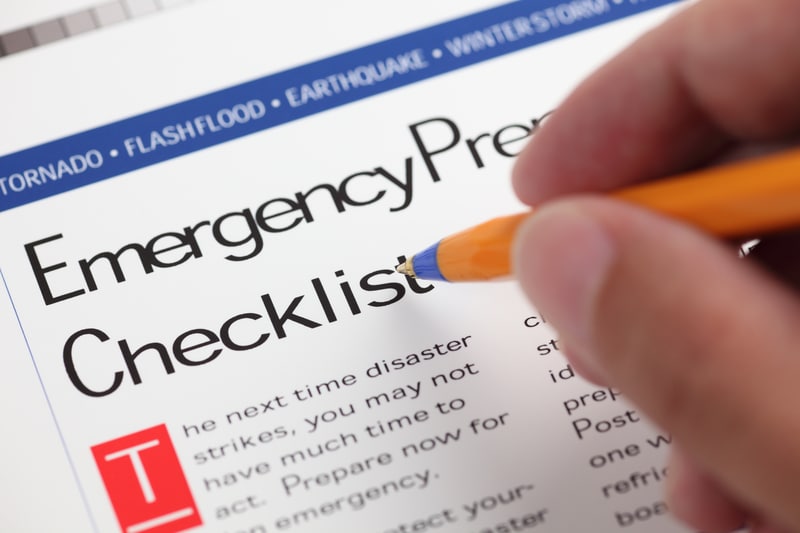
05 Jul Emergency Planning Checklist
High-hazard work sites require emergency plans consistent with the risks known to be present and likely to be created through the execution of the work.
An emergency plan establishes procedures and resources for responding properly to emergency scenarios that may arise on a worksite.
There are emergencies common to high-risk worksites:
- Personal injury or fatality
- Chemical spill or release
- Fire and explosion
- Power loss
- Bomb/terrorist/active shooter threat
- Structural failure
- Vehicle and equipment collisions/incident
- Trench/excavation collapse
- Natural disaster (tornado, flood, heatwave, cold conditions, earthquake)
Having a plan, adequate resourcing (personnel and equipment), and training diligently for the most likely scenarios is the fastest path to gaining competency and capacity.
The Emergency Planning Checklist assesses the field-level requirements, resources, and quality of communications necessary to establish an effective site emergency plan. Key content includes setting the emergency response plan, personnel and roles, training, resources, and worker communication.
Download our Emergency Planning Checklist.
For additional checklists, check out our: Supervisor HSE Leadership Checklist, Hand Traps Checklist, Job Safety Analysis Checklist, and Contractor Mobilization Checklist.



No Comments